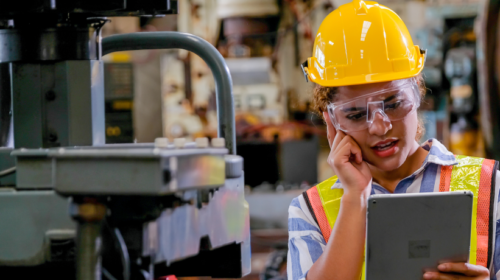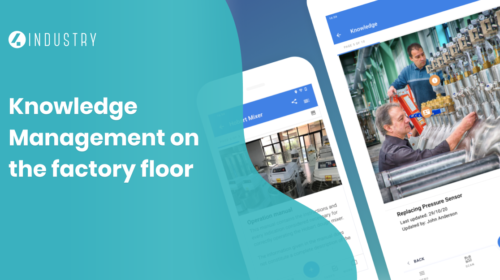
Everything You Need to Know About First Time Right in Manufacturing
Find out all you need to know about first time right (FTR) in manufacturing, including why it is important, how to calculate it, and how you can improve it.

What is first time right (FTR) in manufacturing?
First time right is both a manufacturing principle and KPI that denote the percentage of end-products that leave a production process without any quality defects. The ultimate goal is to produce all units correctly the first time, thereby eliminating the need for any rework, minimizing waste and operational costs, and optimizing efficiency.
The concept of first time right finds its origins in Six Sigma. First time right is not about achieving perfect production, but putting the right tools, controls, and mindset in place to maintain a continuous striving toward perfection. Remember, even Six Sigma allows for 3.4 defects per million opportunities.
Why is first time right important in manufacturing?
Striving toward a good first-time-right score is important because it means an operation is able to produce high-quality products with little or no need for rework. It ensures that shop floor processes are created and executed in an optimal fashion that minimizes defects.
If an organization has a low FTR score, that doesn’t necessarily mean their products are of low quality. However, it does mean that they have the possibility of significantly increasing their margins by creating more efficient processes that produce less defective products.
How do you calculate a first-time-right score?
You can calculate first-time-right score by dividing the number of qualitative products by the total number of products. If you produce a batch of 267.000 products of which 261.000 are qualitative, your FTR score is 97,7% (nice!).

If a process consists of multiple steps, you can calculate FTR per step, add up all FTR scores, and the divide that number by the total number of steps. Let’s take a process as an example that respectively have a 98%, 74%, and 91% FTR score. Added up, those numbers make 263; divide that by 3, and you end up with an overall FTR score of 87.6%.

How to improve first time right in manufacturing
Now that we’ve run through all the basics, you may be wondering how manufacturers can improve their FTR score. There are several ways of doing this; let’s walk through them one by one.
Monitoring
You can’t improve your FTR score if you have no way of consistently and accurately monitoring FTR for processes and process steps. Dynamic digital dashboards can be a great tool for doing this, as they present your FTR score in a clear way and help you in pinpointing the areas on which to improve.
Materials
The cause of a low first-time-right rating may lay outside your shop floor. It is worth it to (regularly) evaluate the quality of your raw materials to ensure products are not and will not become defective.
Autonomous maintenance
Maintaining your equipment is of top priority when trying to reduce the number of production-related defects. Although we could write an entire book on how to improve maintenance in your factory, implementing autonomous maintenance is, in our opinion, a best practice. Autonomous maintenance will not only enable your operators to take care of deviations faster, it will also allow them to take on tasks that would normally be reserved to maintenance personnel.
Standard operating procedures (SOPs)
Production start-up checklists and standard operating procedures ensure that frontline workers calibrate machine settings correctly and execute processes in in a fault-free way. This reduces the number of defects that occur during production. Digitalizing these crucial documents with a Connected Worker Platform like 4Industry ensures that personnel always follow directions and use documentation that’s up to date.
Related Articles

Kaizen: A Complete Guide

Knowledge Management on the factory floor

